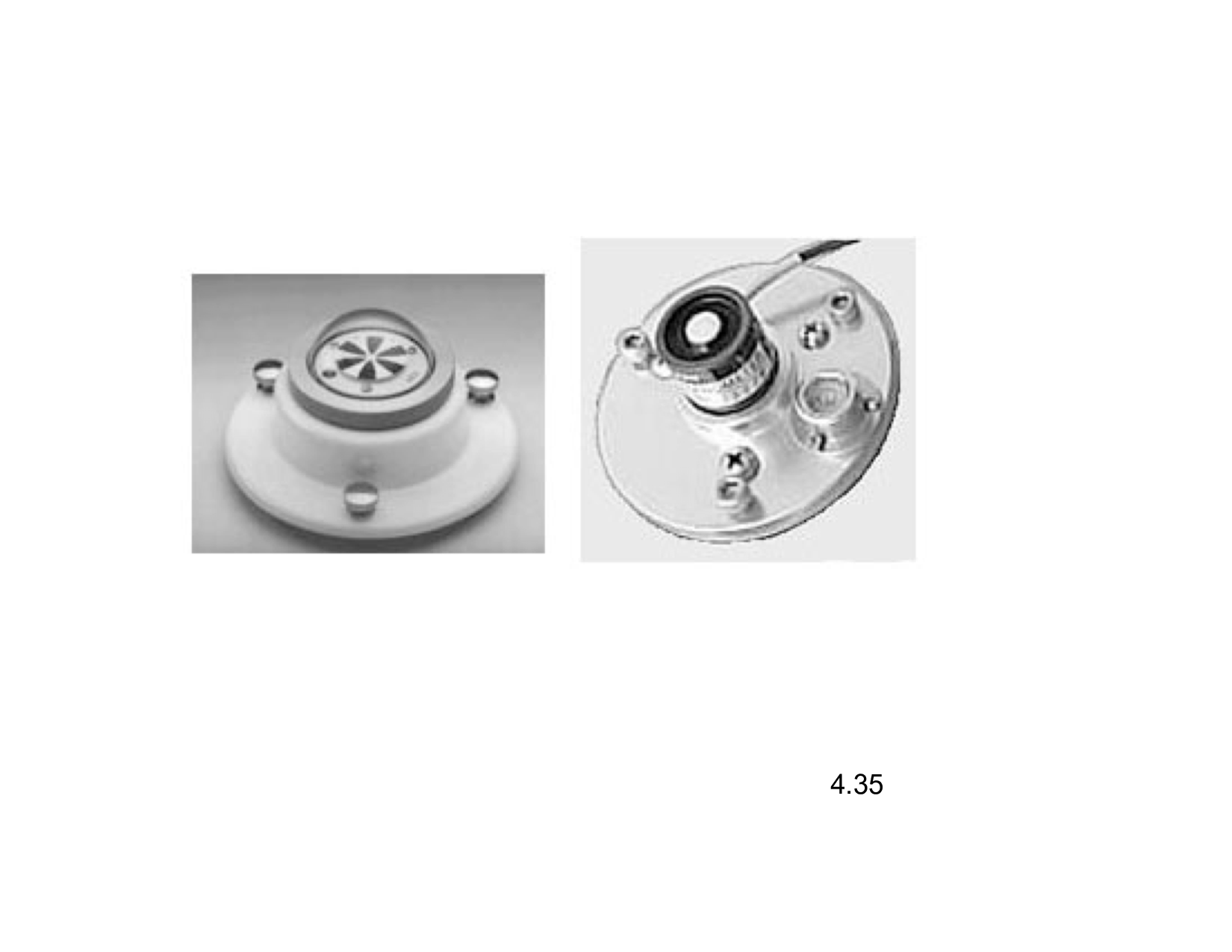Solar Measurements
Solar measurements are used to provide more complete information for predictions of solar energy.
While direct beam models are fairly accurate, accounting for weather and other variabilities make measurements attractive.
Measuring solar radiation
A common device for measuring solar radiation, usually across the entire spectrum, is the pyranometer.

Pyranometers use thermal absorption or the photoelectric effect to measure radiation.
Components of solar radiation
- Direct Beam
- Diffuse
- Reflected
Direct, reflected, diffuse

Historical radiation data
National Solar Radiation Database
- Provided by National Renewable Energy Laboratory
- Hourly measurements of solar radiation
- Uses geostationary satellite data
- Older versions used airport weather data
Direct Normal Irradiance (DNI)
- Solar power arriving directly from sun’s rays
Diffuse Horizontal Irradiance (DHI)
- Also called diffuse sky radiation
- Radiation on a horizontal surface from the sky, but not direct beam radiation
Global Horizontal Irradiance (GHI)
- Solar power falling on a horizontal surface
- z is the zenith angle between the sun and the vertical direction
GHI = DHI + DNI \cdot cos(z)
Typical meteorological year
- Data files meant to provide typical weather data data
- Hourly solar and weather estimates for typical conditions
- Based on historical data
Typical meteorological year
TMY Station Locations
TMY quantities
These data sets include these solar indices in addition to temperature, humidity, and wind speeds and directions.
- Global Horizontal Irradiance (GHI)
- Direct Normal Irradiance (DNI)
- Diffuse Horizontal Irradiance (DHI)
Incident Radiation
For a window, this is the radiation striking the outside surface.
Transmitted Radiation
For a window, this is the radiation that is transmitted by the window into the interior space without being reflected or absorbed.
Solar Radiation Data Manual for Buildings
- Computes radiation for north, south, east, and west facing vertical windows